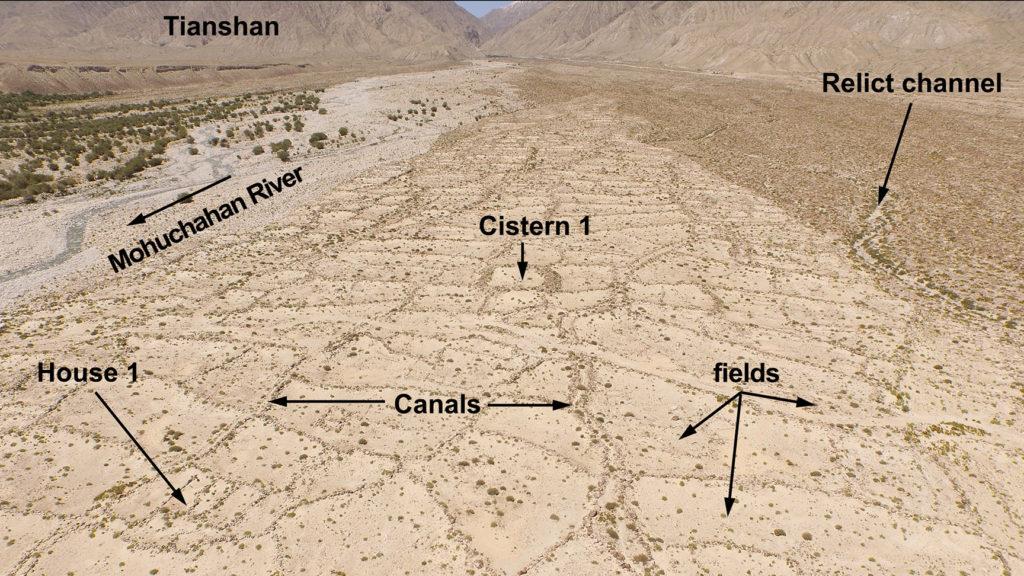At www.yorkshirepost.co.uk/news/ancient-henge-discovered-in-yorkshire-1-893… … excavations at a quarry in East Yorkshire have come across what was a henge (without the stones) – one made with tree posts. It is circular in shape with a surrounding ditch and bank (classic henge dynamics). However, there is also a bit of a mystery – lots of burnt stones. You can often come across heaps of burnt flints in Iron Age enclosures in various locations in the UK but the professionals usually take a view that doesn't leave them hanging themselves out with a theory that may prove to be wrong. In other words, they mostly shrug their shoulders in a non-committal fashion. In this instance we have somebody prepared to come out with a genuine point of view -a prehistoric sauna (with a finger wag at North American sweat lodges). Other explanations are cremations – bodies burnt in the henge but buried outside the henge (somewhere unknown). Both ideas seems pretty reasonable – but take your pick …
 … while at www.newsweek.com/ancient-china-irrigation-system-traveled-silk-road-corr… … archaeologists have discovered an ancient irrigation system by using Google Earth (in NW China). It dates back to the 3rd and 4th centuries AD where evidence elsewhere suggests a shift in global climate patterns. It lies in the foothills of the Tien Shan mountains on the corridor of the Silk Road. Canals, cisterns and small check dams have been found and indicate a progressive drop in water availability (with links to precipitation decline). The idea appears to have been to conserve water resources and storage of water points at climate change – a failure in the monsoon rain pattern. This coincides with the Late Roman period (between AD300 and 600 when conversely, there was too much water falling out of the sky in NW Europe). Drought also affected regions in the Americas at the same time (leading to abandonment of some Meso-American city complexes). This was due to a change in the Intertropical jet stream – shifting position on a prolonged basis (but linked, we may assume, with shifts in the monsoon track as well). As such, climate change must also have affected the eastern Roman empire, the Persian empire, and the Levant in general – leading up to the Arab conquests.
… while at www.newsweek.com/ancient-china-irrigation-system-traveled-silk-road-corr… … archaeologists have discovered an ancient irrigation system by using Google Earth (in NW China). It dates back to the 3rd and 4th centuries AD where evidence elsewhere suggests a shift in global climate patterns. It lies in the foothills of the Tien Shan mountains on the corridor of the Silk Road. Canals, cisterns and small check dams have been found and indicate a progressive drop in water availability (with links to precipitation decline). The idea appears to have been to conserve water resources and storage of water points at climate change – a failure in the monsoon rain pattern. This coincides with the Late Roman period (between AD300 and 600 when conversely, there was too much water falling out of the sky in NW Europe). Drought also affected regions in the Americas at the same time (leading to abandonment of some Meso-American city complexes). This was due to a change in the Intertropical jet stream – shifting position on a prolonged basis (but linked, we may assume, with shifts in the monsoon track as well). As such, climate change must also have affected the eastern Roman empire, the Persian empire, and the Levant in general – leading up to the Arab conquests.

